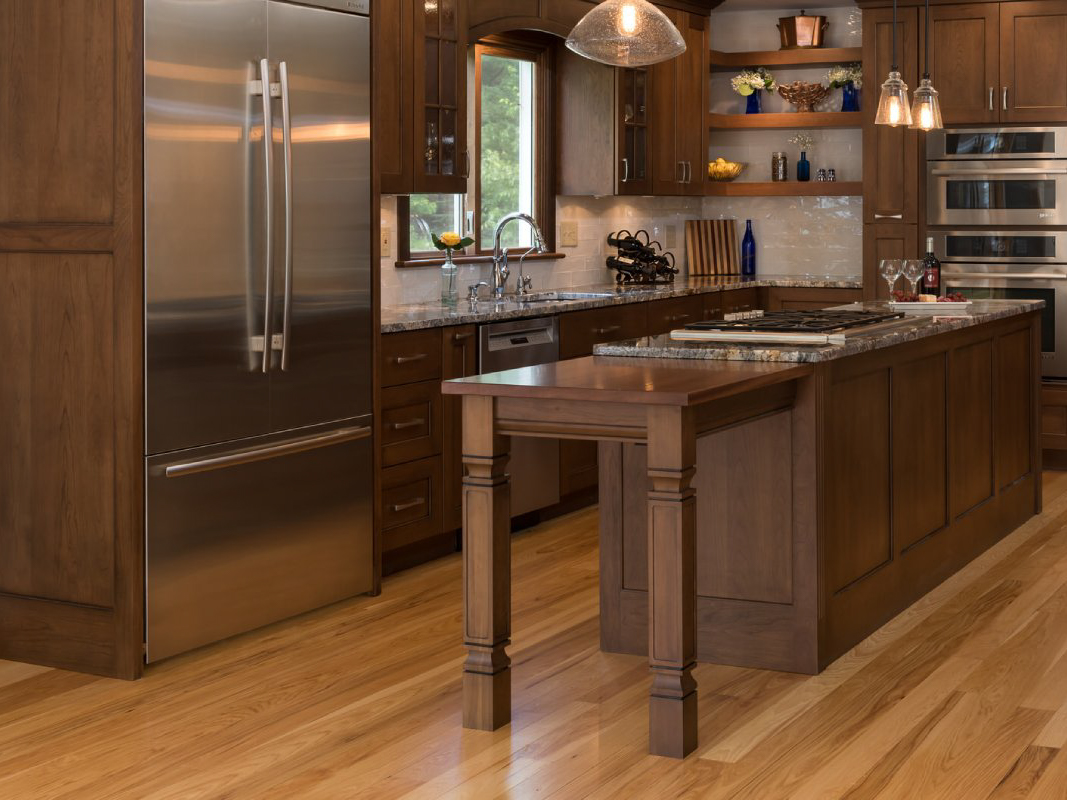Introduction
Bronze has been a highly valued material since ancient times due to its strength, durability, and versatility. It was used to create weapons, tools, and artwork, and played a crucial role in the development of civilizations. In this article, we will explore the process of smelting bronze, a complex and intricate art that requires a deep understanding of science, history, and craftsmanship.
What is Smelting?
Smelting is the process of extracting pure metal from its ore by heating it to high temperatures in the presence of a reducing agent. This method has been used for thousands of years to produce bronze, which is an alloy of copper and tin. The smelting process involves several steps, including ore preparation, furnace design, fuel selection, and metal refining.
Ore Preparation
The first step in smelting bronze is to obtain the proper ores. Copper and tin ores are found in many parts of the world, but not all of them are suitable for smelting. The ores must be of high purity and contain the right amount of metals in order to produce good quality bronze. The ores are then crushed and ground into a fine powder to facilitate the smelting process.
Furnace Design
The smelting furnace is an essential component of the smelting process. It must be designed to generate sufficient heat to melt the ores and create a molten metal, while also being efficient and durable. Furnaces can be built in various shapes and sizes, but they all share some common features, such as a fuel source, an air supply, and a crucible to hold the molten metal.
Fuel Selection
The type of fuel used in the furnace can have a significant impact on the smelting process. Charcoal and wood were traditionally used as fuel sources, but they are not very efficient and can produce a lot of smoke and ash. Today, propane, natural gas, and electricity are commonly used as fuel sources for smelting bronze. These fuels are more efficient and cleaner, making the smelting process easier and more environmentally friendly.
Metal Refining
After the ores have been melted and the bronze has been formed, the metal must be refined to remove any impurities and improve its quality. This process involves pouring the molten bronze into a mold and allowing it to cool and solidify. The solidified bronze is then cleaned and polished to remove any debris or imperfections.
The Art and Science of Smelting Bronze
Smelting bronze is not just a technical process, but also an art form that requires a great deal of skill and creativity. Master smelters are able to create beautiful and intricate bronze pieces that showcase their mastery of the craft. They must have a deep understanding of the science behind smelting, as well as a keen eye for aesthetics and design.
The Role of Bronze in History
Bronze played a vital role in the development of ancient civilizations, allowing for the creation of powerful weapons, tools, and artwork. Bronze objects were often considered status symbols and were highly valued by rulers and wealthy individuals. Many of the most famous ancient artifacts, such as the masks of Tutankhamun and the statues of the Terracotta Warriors, were made of bronze.
The Future of Smelting Bronze
While smelting bronze is an ancient art, it continues to be an important part of modern industry and art. Advances in technology have made the process more efficient and environmentally friendly, while also opening up new possibilities for design and experimentation. With new tools and techniques, smelters are able to push the boundaries of what is possible with bronze, creating new and exciting works of art that inspire and amaze.



